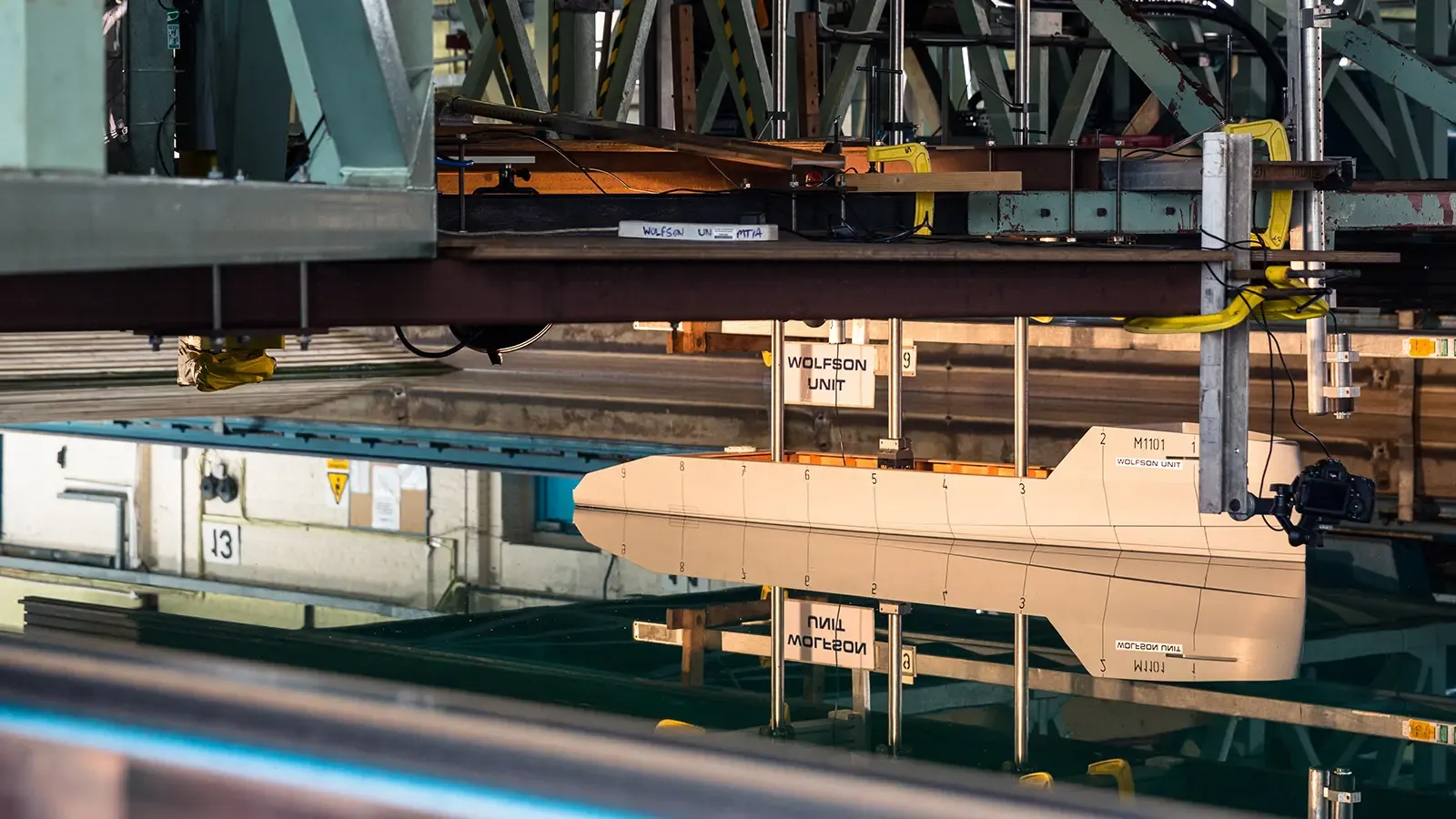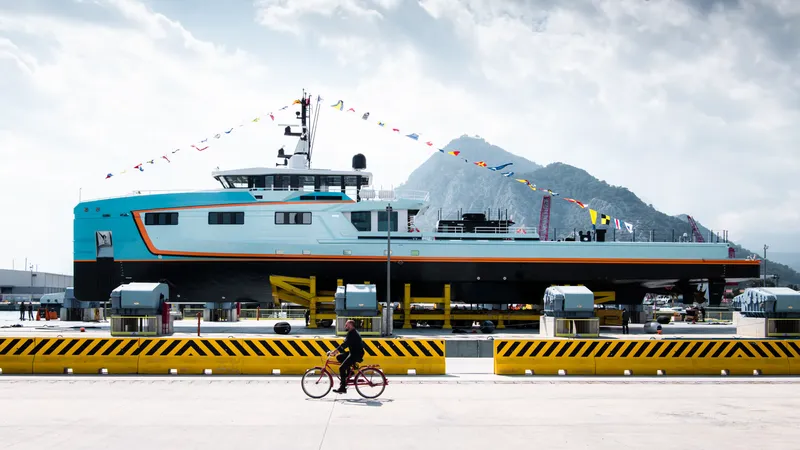Proposed new EU rules to prevent spurious or misleading environmental claims will be good for the superyacht industry, Heesen Yachts believes. Marketing director Mark van Heffen has welcomed the Commission’s so-called Green Claims Directive, saying it will weed out unscrupulous players and ensure a level playing field for all.
“If you were in the middle of a project and a challenge to the validity of a green claim reached the client, it could cause problems – embarrassment at least,” says van Heffen. “The timing is absolutely right because you don’t see so many claims yet, but the technology is coming in and so the Directive is not playing catch-up in the marine sector.”

We are still several years away from the new rules entering force, because they need to be drafted into national legislation by each member state. But once in place, they will require any green claim to be backed by solid data. The Directive encompasses every sector, not just yachting, and covers advertisements, straplines, images, logos and trademarks – anything, in fact, that speaks to a consumer.
Competition authorities will be responsible for enforcing the rules and punishing those who abuse them. In theory, they will check every green claim made by companies to determine whether they are warranted or not. The hope is that this will put an end to vague and general claims about ‘eco’ or ‘green’ products that are not borne out by the science.
“It makes a lot of sense, the clarity and increased accountability,” says van Heffen. “Also important is what it says about reputation of the industry as a whole. Heesen will have no difficulty complying with this Directive, because even if it weren’t there, this would still be the way we operate. All the same, I’m happy it’s there, because it prevents competitors from misusing green claims.”
Heesen has always been very sensitive about the way it communicates with its customers around the environmental impact of superyachts. Sitting at the apex of luxury products, a Heesen yacht has always been about lifestyle first and foremost, allied to safety. Environmental concerns have been rising up the agenda, though.
“The technology behind claims of hull efficiency or waste heat recycling is extremely complicated – it’s not something you can just explain in a couple of words and a strapline,” says van Heffen. “In most cases, we explain to the client, captain or crew when they are at the yard and we are running through the opportunities we have. That way, the whole team can see the advantages.”
This does not mean that Heesen has been reticent on the sustainability front – far from it, in fact. Last year it launched its BlueNautech initiative based on six pillars of greener yachting. These include increasing hull efficiency, improving propeller design, reducing power demand at anchor, smarter yacht operations, and building with more sustainable materials and less waste.
Heesen has long trumpeted the radical Fast Displacement Hull Form it has developed with van Oossanen. It can prove that this hull shape requires 30 per cent less fuel to propel than a standard round-bilge hull when combined with the lightweight build for which the yard is famous, and is always working to improve this figure.
In house engineers are working with naval architects to develop a more efficient propeller, precisely tuned to the performance characteristics of the vessel. And they are also reducing generator burn time by improving systems for recovering waste heat from aircon systems and incorporating sustainable power generators. Following this process of evolution, every new Heesen yacht can be a little more efficient than its predecessor.
But the threshold for incorporating new technology is very high, as van Heffen explains. “We only bring in sustainable systems and improvements when they have been proven and meet a certain level of quality. That counts not only during the construction process – they must also be reliable to use and maintain for the crew and owner. Systems have to be more reliable than they would be for a home or a car – in the middle of the ocean, you simply can’t have systems breaking down.”













